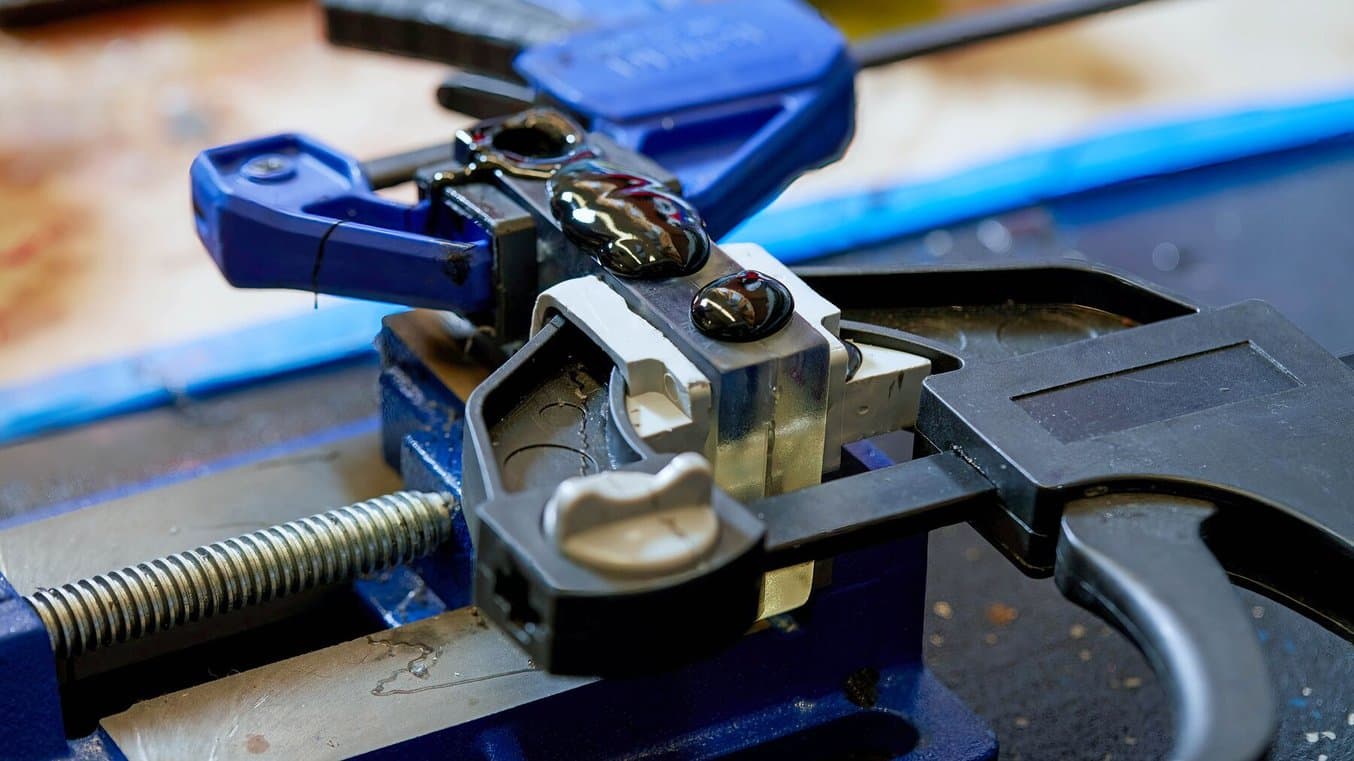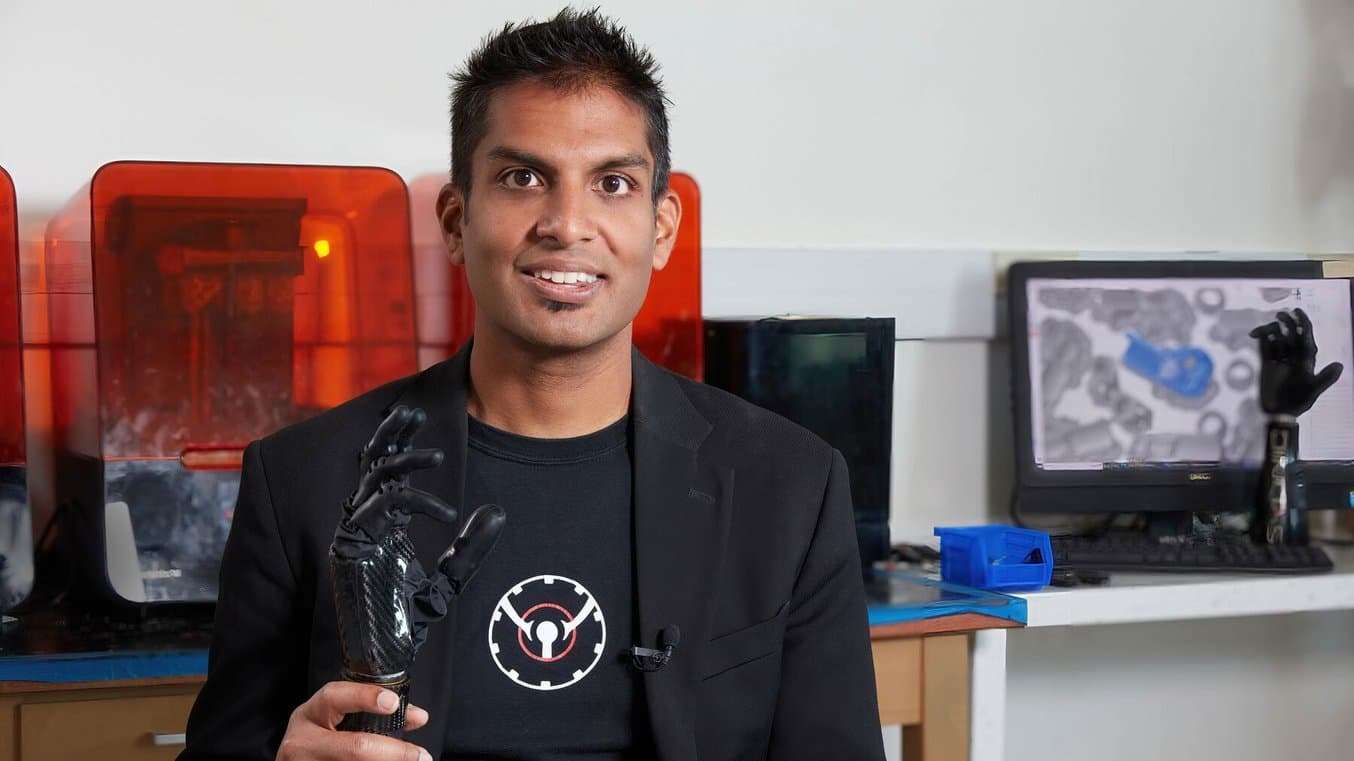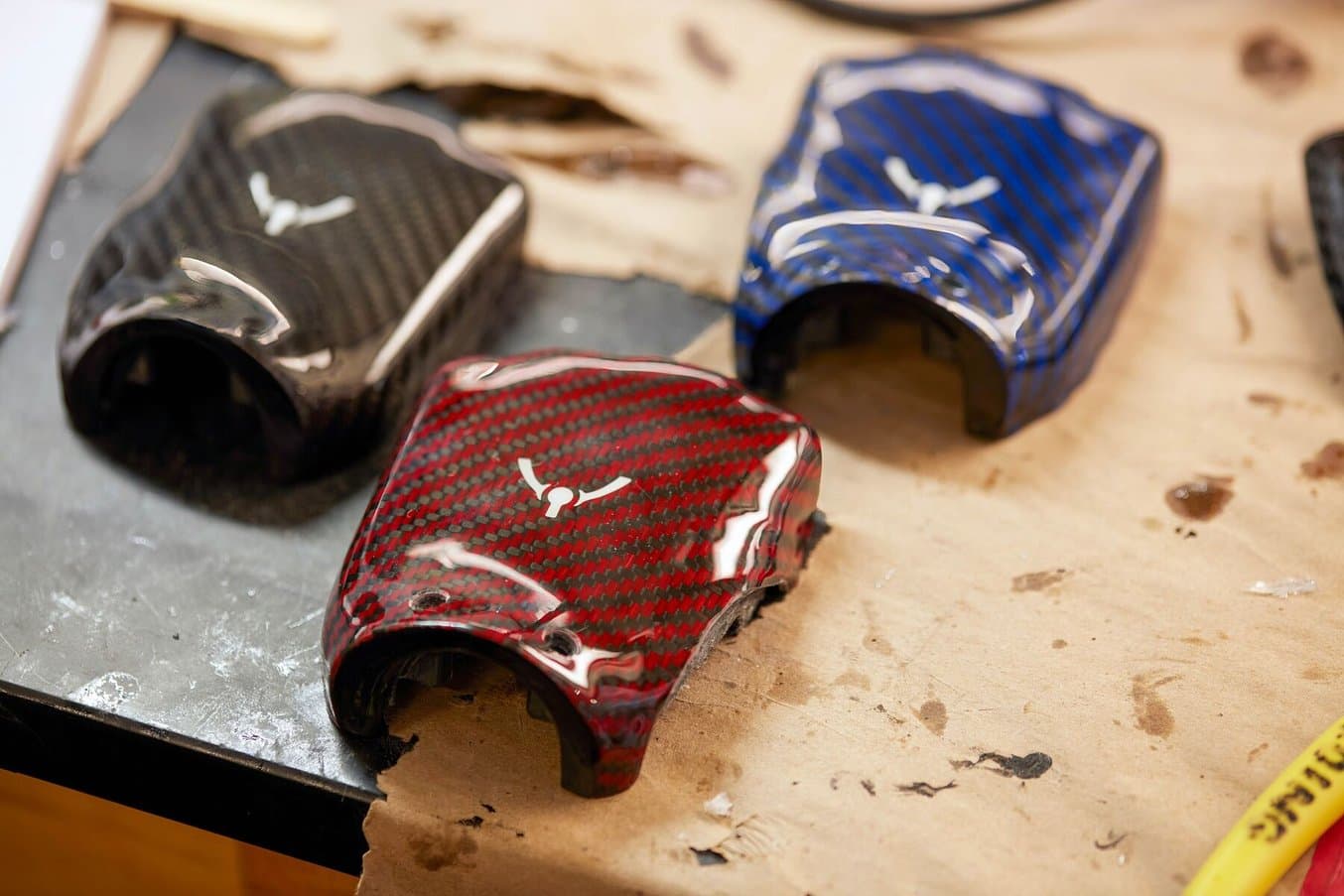Advanced prosthetics made accessible: How PSYONIC developed a bionic hand using additive manufacturing
Around the world over 50 million people suffer limb amputation due to traumatic causes. For patients recovering from a medical emergency, entering the new world of prosthetics can be painful. Most want to return to normal life: to drive a car, to workout at the gym, to clean up around the house. But most traditional prosthetic limbs are crude, expensive, and fragile. Approximately 10% of patients requiring an advanced prosthetic arm can afford them today.

One company trying to upend the market is PSYONIC, creator of the Ability Hand. Designed and manufactured in-house with hybrid manufacturing methods, including 3D printing, injection and silicone molding, and CNC machines, the Ability Hand is promising to restore their life, and mobility, back to what it was.
What was PSYONIC able to accomplish with Formlabs SLA 3D printers ?
• Create an FDA-registered, Medicare-covered, industry-defining upper-limb prosthesis from scratch.
• Collect customer feedback and rapidly prototype in-house to improve the Ability Hand’s design and functionality.
• Deploy a true hybrid manufacturing production method to deliver the Ability Hand at an affordable price.
• Help patients return to their normal lives, including Sergeant Garrett Anderson.
• Increase affordability and access from 10% to 75% of patients
• Utilize new durable and impact-resistant 3D printing materials to create long-lasting end-use parts
In this news, CEO Aadeel Akhtar, PhD and lead Mechanical Engineer James Austin to learn how they built the Ability Hand, why this market is so underserved, and how 3D printing was a vital part of their go-to-market strategy. We’ll also meet Sergeant Garrett Anderson, one of the first power-users of the Ability Hand.
Discover more videos on JEC Composites Web TV.
The need for a better upper-limb solution
In 2005, while deployed in Iraq, Sergeant Garrett Anderson’s vehicle was hit by a roadside bomb. Later diagnosed with mild traumatic brain injuries and a broken jaw, Anderson had to have his right arm removed below the elbow. Upon returning home, much of his life returned to normal, but he still faced challenges; he enrolled in Illinois State University, obtained an undergraduate and Master’s degree, and had two children.
The current market for artificial limbs is antiquated, with hooks sometimes still being used for basic functionality. Despite rapid advancements made in other prominent medical fields over the years, prosthetics remain stuck in the past.
Anderson eventually came in contact with a young PhD student named Aadeel Akhtar. Like Anderson, Akhtar was not satisfied with the current state of prosthetics. “This is something that I’ve wanted to do my entire life, ever since I was seven years old. My parents are from Pakistan. I was visiting and that’s the first time I met someone with a limb difference. She was my age missing her right leg and using a tree branch as a crutch. And that’s what inspired me to want to go into this field and build the most advanced bionic devices, and make them accessible to everyone.”

But getting an industry-defining new prosthesis product to market was no easy task. “Over the last seven years, we’ve gone through nine different prototypes of the Ability Hand, which is now available nationwide in the United States, FDA registered, and covered by Medicare,” Akhtar said.
What modern hybrid manufacturing looks like

Increasingly, both large and small firms have turned to in-house 3D printing to help prototype and bring new products to market. In spaces with high upfront R&D costs, such as medical device manufacturing, 3D printing has become a vital tool in the engineering team’s toolbox.
A truly next-generation prosthesis needs to be fast to respond to user inputs, tough and durable so as to not break during daily tasks, lightweight so as to not tire the user and cramp their arm, and deliver real, sensory feedback. No small feat!
What has changed in device manufacturing to allow a small company like PSYONIC to upend the market for traditional prostheses?
• 3D printing has been ubiquitous in prototyping and product development for decades. Now this maturing technology, specifically selective laser sintering (SLS) and stereolithography (SLA) printing, is entering widespread use in manufacturing.
• Improved technology for high-throughput and high-quality printing of final end-use parts, and a variety of improved materials, make 3D printing practical for creating new medical devices.
• In addition to fabricating end-use parts directly, 3D printing offers compelling advantages in “hybrid production,” as an intermediate process alongside conventional processes, for instance in fabricating molds, tools, patterns, fixtures, and jigs. This is known as rapid tooling and manufacturing aids.
Austin told us that “mixing and matching manufacturing methods is extremely important, I think, to startups in general, but especially to PSYONIC. There’s no way we could have competed with other prosthetics companies at our size if we had to abide by purely traditional manufacturing. Things like CNC machining, and injection molding, the initial costs, especially for trying to prototype things with multiple iterations, would’ve just been far too astronomical for us to do. But with the advent of 3D printing and various kinds of 3D printing, we’ve been able to prototype rapidly, change our iterations and produce things at low scale and low cost. 3D printing, especially the Formlabs 3D printers, has come in absolutely critical for that development process for a startup our size.”
Let’s take a look at some of the ways PSYONIC uses in-house 3D printing to build the Ability Hand.
In-house carbon fiber molds

Carbon fiber is a powerful material to build with, as it increases the overall durability and rigidity of the Ability Hand while reducing weight. However, traditional molds are expensive, making it prohibited to iterate and create the right number of molds for small-batch production. But today, companies don’t have to choose between additive manufacturing and traditional CNC machines, they can simply do both.
Austin explained to us, “in the early iterations of the carbon fiber mold, SLA 3D printing was actually quite important. We didn’t have the resources to produce molds for the carbon fiber, for example, by machining. So what we did instead was we would produce molds using High Temp Resin. This was fragile, but heat resistant, which allowed us to press the carbon fiber sheets into the exact shape we wanted, put them in an oven for high temperature to cure them, and then adhere them to our hand.”
3D printed molds for manufacturing carbon fiber parts can reduce costs and lower lead times. Engineers can directly print the mold at low costs and within a few hours without having to hand carve it or deal with CNC equipment. With High Temp Resin and Rigid 10K Resin, growing medical device firms such as PSYONIC can achieve complicated mold shapes with fine details that would be difficult to manufacture with traditional methods.
Austin deployed High Temp Resin to create multiple molds, affordably testing his design as he went. He told us that, “if we didn’t like the shape, we just changed it in CAD, put it on the 3D printer again, had another High Temp Resin block come out and we were good to iterate. For long-term sustainability, we eventually switched over to machining molds, but for that early prototyping, short-term tests, the High Temp Resin on the Form 3 printers was really useful.” High Temp Resin has a heat deflection temperature (HDT) of 238°C @ 0.45 MPa and is able to sustain the heat and pressure of an autoclave.













